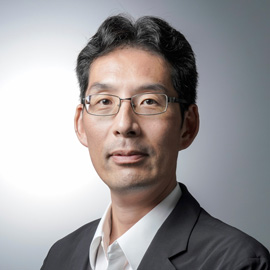The problems raised by the trouble at the Shika Nuclear Power Station
The Noto Peninsula Earthquake, which occurred on January 1, 2024, recorded a maximum seismic intensity of seven and caused enormous damage. Nuclear energy facilities were no exception and trouble occurred in the Shika Nuclear Power Station of the Hokuriku Electric Power Company. Its transformers were damaged and the plant became unable to receive electricity from outside, among others. The events in this nuclear power plant in the earthquake once again raise problems of nuclear energy use by Japan.
There are two main problems. The first is the approach to evacuation of residents when serious accidents occur. In the recent earthquake, most of the arterial roads essential for quickly evacuating residents in the vicinity of the nuclear power plant were damaged[1]. Multiple nuclear power plants built on peninsulas in the same way as Shika Nuclear Power Station exist in Japan, including some which are currently operating, so it may require revisions to their evacuation plans.
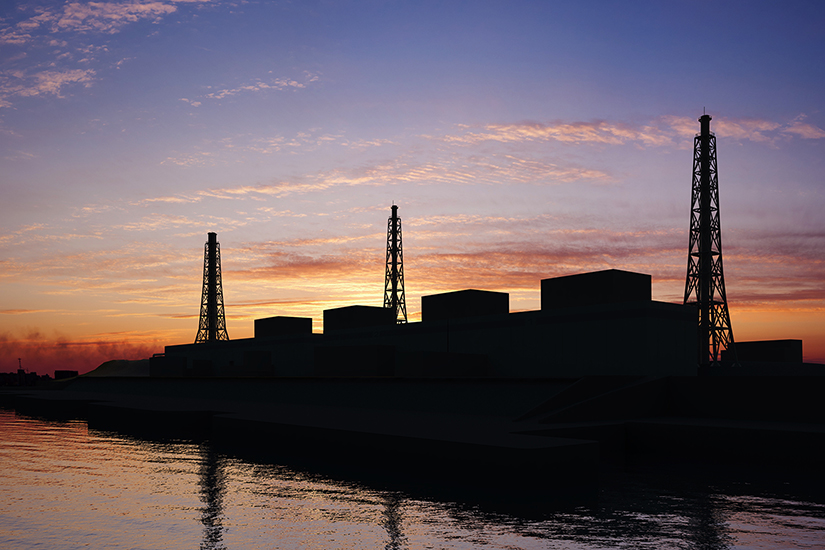
The other problem is that large shaking in excess of what was previously anticipated occurred, including in the vicinity of the Shika Nuclear Power Station, which measured a seismic intensity of 7[2]. The cause was deemed to be “reverse fault movement” in which the ground on the sea side under the sloping fault plane slid under the ground on the land side above the fault plane, causing the ground on the land side to ride up [3] and the possibility that a longer-than-anticipated active seabed fault moved has also been indicated. The nuclear power plants of Japan are located near the coast without exception, and if the shaking mechanism is revealed in more detail, that could have an extremely large impact on nuclear energy use by Japan.
This is because Japan has adopted the “backfit” system as the most prominent of the new nuclear energy safety regulations which take into account the lessons learned from the Fukushima Daiichi Nuclear Power Station accident in March 2011. Under the “backfit” system, when new findings are obtained which have an impact on the safety of nuclear energy, such as findings regarding the mechanisms and other matters of earthquakes and tsunamis, those findings are reflected in the amendment of regulations, and the new regulations are applied retroactively[4]. In other words, all nuclear reactors, including those certified as safe under past regulations, could be asked to shut down temporarily and undergo inspections based on the new regulations. If that happens the inspections would take years, inevitably affecting Japan’s stable energy supply and energy security.
In this paper, we examine the two major problems raised by the trouble at the Shika Nuclear Power Station while discussing nuclear energy use by Japan.
Doubts about the effectiveness of evacuation plans prepared for nuclear accidents
(1) The Noto Peninsula Earthquake and the situation in the area around the Shika Nuclear Power Station
The Shika Nuclear Power Station has two boiling water nuclear reactors, the same kind of reactors as the Fukushima Daiichi Nuclear Power Station which caused the meltdown accident had. Reactor No. 1 is slightly small at 540 megawatts and Reactor No. 2 is large at 1,350 megawatts[5]. Both of them have been shut down since 2011.
Photograph 1: The Shika Nuclear Power Station of the Hokuriku Electric Power Company
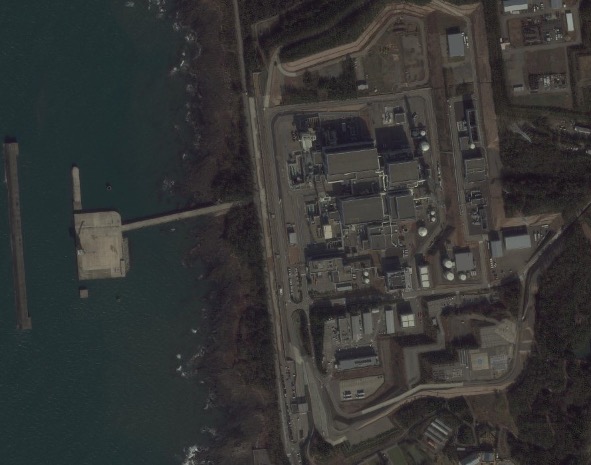
In the vicinity of this nuclear power plant, 11 national highways and prefectural roads have been designated as evacuation routes in the event that serious accidents such as leakages of radiative materials occur. Of those, seven routes were closed in the Noto Peninsula Earthquake due to collapses and cracks[6]. If an accident had occurred at this nuclear power plant, would it have been possible to successfully evacuate the residents outside the zone to a place where the impact of radiation on the human body could be avoided? The effectiveness of the evacuation plan came into question.
(2) Impact on the evacuation plans in the vicinity of other nuclear power plants
The rules for formulating evacuation plans for residents living in the vicinity of nuclear power plants were changed after the Fukushima Daiichi Nuclear Power Station accident. Before the accident, serious accidents in which radiative materials were released over a wide area were not anticipated, so the area for which the evacuation of residents was deemed to be necessary was set with a small radius of eight to ten kilometers from the nuclear power plant. However, in the Fukushima Daiichi Nuclear Power Station accident, the evacuation area expanded to a radius of 20 kilometers from the nuclear power plant, and as a result the evacuation plans did not function at all, with the evacuation instructions to the residents being delayed and not enough evacuation sites being secured.
For that reason, after the accident, plans were required to expand the area prepared for the evacuation of residents to a radius of 30 kilometers from the nuclear power plant and to quickly evacuate a greater number of residents than anticipated previously.
Figure 1: Main nuclear power plants located on peninsulas
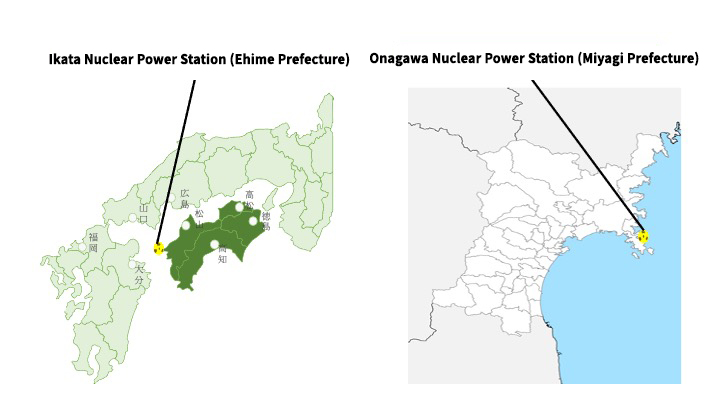
As shown in Figure 1, Tohoku Electric Power’s Onagawa Nuclear Power Station (currently shut down) and Shikoku Electric Power’s Ikata Nuclear Power Station, which is currently operating, are also located on peninsulas. In response to the recent situation in the vicinity of the Shika Nuclear Power Station, residents may demand enhancement of the effectiveness of evacuation plans and shutdown of nuclear reactors until those enhancements are made.
The impact of the backfit system
(1) What is backfit?
The backfit system is also based on the lessons learned from the Fukushima Daiichi Nuclear Power Station accident. It was introduced in June 2012 through an amendment to the Act on the Regulation of Nuclear Source Material, Nuclear Fuel Material and Reactors (hereinafter referred to as the “Act on the Regulation of Nuclear Reactors, etc.”). The amended Act on the Regulation of Nuclear Reactors, etc., Article 43-3-14 has the stipulation that “a licensee of power reactor operations must maintain the power reactor facilities to comply with the technical criteria specified by the rules of the NRA [Nuclear Regulation Authority].” This means that in the case that the criteria are revised due to new findings, reinspection is necessary to determine whether or not the nuclear reactor complies with the new criteria and is therefore safe. Moreover, it is also stipulated that when non-compliance with the technical criteria is found, the Nuclear Regulation Authority “may order the relevant licensee of power reactor operations to suspend the use, modify, repair or change the location of the power reactor facilities, designate a method for operating the power reactors or, order other necessary operational safety measures to be taken” (Article 43-3-23). This is a mechanism under which the Nuclear Regulation Authority may order the shutdown of nuclear reactors and make the electric company take response measures if it is considered to be not complying with the new criteria[7].
Before the Fukushima Daiichi Nuclear Power Station accident, even if nuclear regulatory authorities obtained new findings pertaining to safety, they only notified electric companies and had no authority to oblige them to take countermeasures. The various accident investigation commissions established after the accident strongly criticized Tokyo Electric Power Company for failing to adopt tsunami countermeasures in the Fukushima Daiichi Nuclear Power Station before the accident, despite receiving notifications from the nuclear regulatory authorities, which resulted in greater damage[8].
Photograph 2: Fukushima Daiichi Nuclear Power Station, where a serious accident occurred due to its operator’s failure to take note of the warnings of the nuclear regulatory authorities
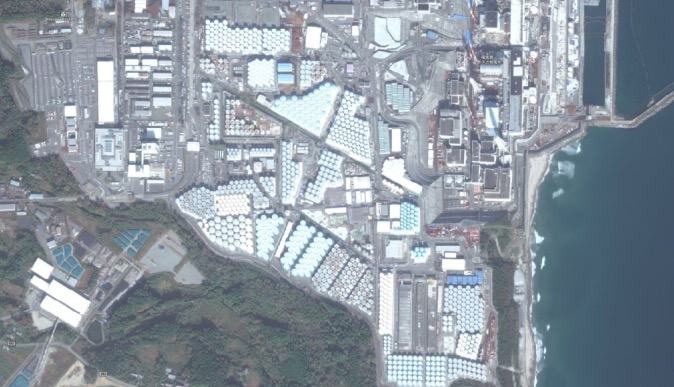
(2) Backfit and nuclear energy use going forward
The Nuclear Regulation Authority declared at a regular meeting held immediately after the Noto Peninsula Earthquake that it would consider application of this backfit system if the mechanism of the earthquake was elucidated[9]. If the research of experts concerning the reverse fault movement makes progress, produces new findings and is reflected in nuclear energy regulations, then it will be applied to inspections of nuclear power plants nationwide, and this may result in the shutdown of currently operating nuclear reactors, which could have an impact on nuclear energy use in the whole of Japan.
Hold a national debate concerning nuclear energy use
In May 2023, the government established a law which enabled extension of the nuclear power plant operating period, which had been a maximum of 60 years. It presented a policy of changing direction to once again expand nuclear energy use in order to achieve carbon neutrality which would reduce CO2 emissions to net zero by 2050 (refer to Figure 2). However, the above facts brought about by the Noto Peninsula Earthquake show that the expansion of nuclear energy use is not easy. A new debate involving people at all levels of society regarding the approach to nuclear energy use is necessary.
Figure 2: Power source mix of Japan (FY2022)
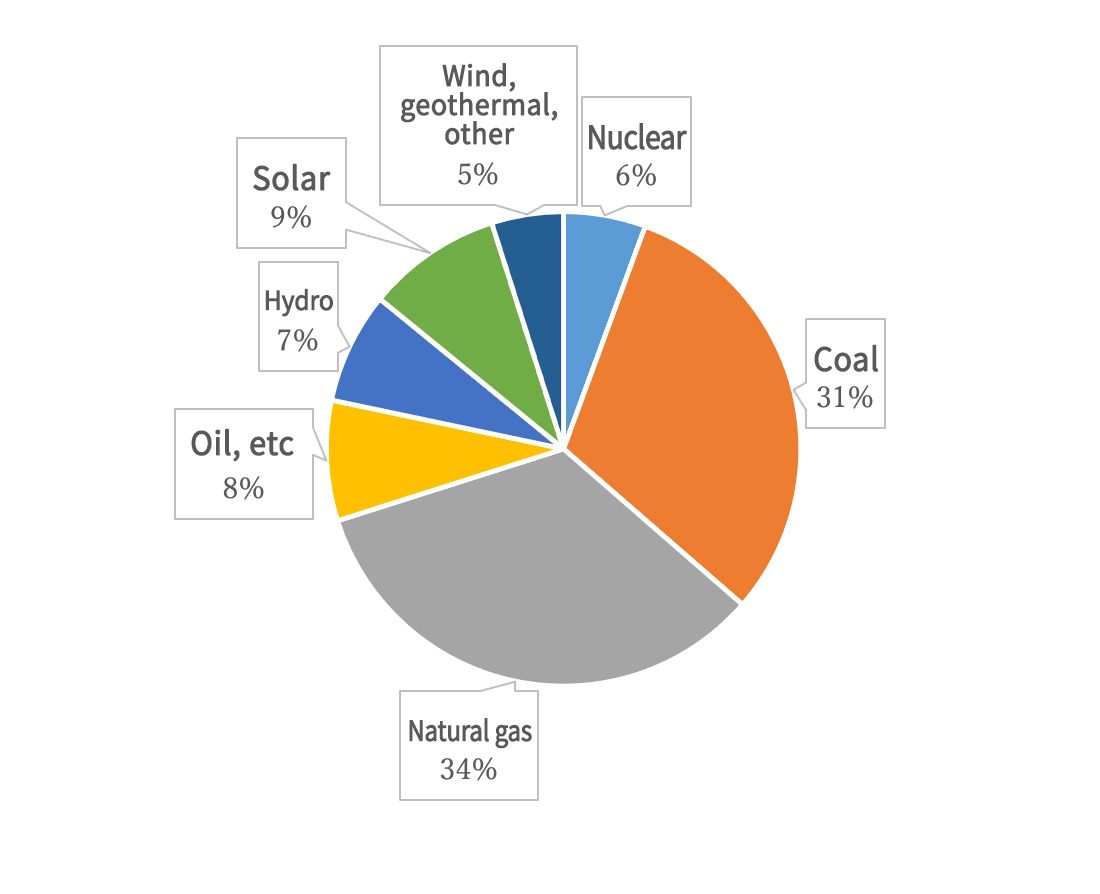
The work of formulating the (Seventh) Strategic Energy Plan is expected to begin in earnest this year. This plan is revised about once every three years based on the Basic Act on Energy Policy (established in 2002) and the Sixth Plan was formulated in October 2021[10]. This Act declares in Article 2 that “measures must be taken with the basic aim of … increasing energy self-sufficiency and achieving stability in the energy sector,” and the Strategic Energy Plan is decided by the Cabinet and then submitted to the Diet in order to fulfil this purpose. This author asks the government to explain clearly in the Seventh Plan and stimulate a national debate on the extent of the role nuclear power generation should be given in order to realize carbon neutrality and establish energy security while also facing up to the vulnerabilities of nuclear power generation revealed in the Noto Peninsula Earthquake.
(2024/03/12)
Notes
- 1 The Majority of Evacuation Roads of the Shika Nuclear Power Station were Cut Off; Effectiveness of Seven Routes was Shaken by the Noto Earthquake, Kyodo News, January 30, 2024.
- 2 Impact on Nuclear Energy Facilities, etc. in the 2024 Noto Peninsula Earthquake and Our Response, Nuclear Regulation Authority, January 10, 2024.
- 3 Evaluation of the 2024 Noto Peninsula Earthquakes, The Headquarters for Earthquake Research Promotion, January 2, 2024.
- 4 Overview of Backfit, Nuclear Regulation Authority, March 9, 2023.
- 5 Introduction to Shika Nuclear Power Station, Hokuriku Electric Power Company.
- 6 Refer to Note 1.
- 7 Muneo Morokuzu, A National Debate regarding Backfit is Necessary, Atomic Energy Society of Japan Journal ATOMOΣ, Vol. 56, No. 6, March 2014.
- 8 For example, Official Report of the Fukushima Nuclear Accident Independent Investigation Commission, Fukushima Nuclear Accident Independent Investigation Commission, June 2012, pp. 69-81.
- 9 Nuclear Regulation Authority Press Conference Record, January 10, 2024.
- 10 Cabinet Decision on the Sixth Strategic Energy Plan, Agency for Natural Resources and Energy, October 22 2021.

